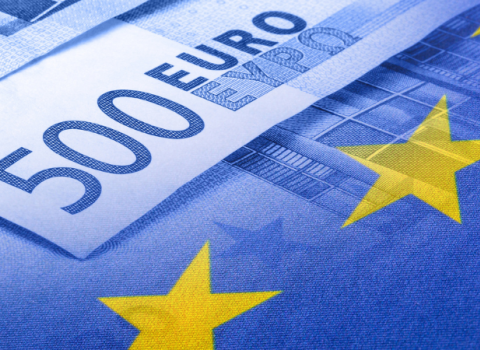Cell therapies that are derived from human embryonic stem cells are not patentable, according to Yves Bot, Advocate General of the Court of Justice of the European Union (CJEU) in an opinion published on Thursday (10 March).
If confirmed by the full Court, the ruling will have a severe impact on investment in the field and on the European life science sector as a whole, believes Rob Fitt of the intellectual property lawyers Bristows in London, who says, “If the strict interpretation applied by the Advocate General is affirmed by the CJEU - and in most cases the Advocate General’s opinion is followed by the court - the validity of previous granted patents relating to human stem cell patents will be in doubt.”
Furthermore says Fitt, “If inventions relating to human embryonic stem cells cannot be patented, investment in Europe by the life sciences industry in this area is likely to dry up with the consequence that new [human embryonic] stem cell-related treatments will not be developed.”
And as Fitt notes, the implications are not only commercial: products based on human embryonic stem cells offer the promise of therapies for a wide range of diseases for which there is no treatment currently. The prime case in point here is the invention of the German scientist Oliver Brüstle that is the subject of Bot’s opinion. Brüstle has developed a method for generating nerve cells from human embryonic stem cells, to be used to treat spinal cord injuries and neurodegenerative diseases, such as Parkinson’s disease.
EU Biotechnology Directive
Brüstle was granted a German patent relating to his method in 1999, but this was subsequently challenged by the environmental pressure group, Greenpeace, on the basis that the human embryonic stem cell lines used originated from fertilised human eggs and so offended public morality, as set out in the EU Biotechnology Directive on the protection of biotechnology inventions.
In 2006, the German Federal Patent Court partially invalidated the patent, prompting Brüstle to appeal to the German Federal Supreme Court. The Federal Court referred questions about the scope of the Biotechnology Directive to the CJEU, in particular seeking clarification on whether the exclusion of the human embryo from patentability concerns all stages of life from the fertilisation of the ovum, or whether other conditions must be satisfied, such as the attainment of a certain stage of development.
Bot has decided the concept of the human embryo encompasses conception onwards and could also cover cells produced by cloning techniques, in which the nucleus from a mature human cell is transplanted into an unfertilised egg. Bot stated that an invention should be excluded from patentability if it involves the prior destruction of a human embryo, or involves the use of a human embryo as a starting material.
Bot’s opinion will be used as guidance for the judgment of the CJEU due later this year. At the heart of the case is the need to clarify the EU Directive on the legal protection of biotechnological inventions, which does not refer to human embryonic stem cells, as the ability to generate them did not exist when the 1998 directive was being drawn up.
The CJEU judgment, once delivered, will inform the German Federal Court of Justice’s decision on Brüstle’s appeal. There will also be implications for other member states, since, as Bot acknowledges, there are major differences from one country to another on how human embryos are legally defined.
Questions referred to the CJEU:
1. What is meant by the term ‘human embryos’ in Article 6(2)(c) of Directive 98/44/EC? (Directive 98/44/EC of the European Parliament and of the Council of 6 July 1998 on the legal protection of biotechnological inventions, OJ 1998 L 213, p. 13).
a) Does it include all stages of the development of human life, beginning with the fertilisation of the ovum, or must further requirements, such as the attainment of a certain stage of development, be satisfied?
b) Are the following organisms also included:
1. unfertilised human ova into which a cell nucleus from a mature human cell has been transplanted;
2. unfertilised human ova whose division and further development have been stimulated by parthenogenesis?
c) Are stem cells obtained from human embryos at the blastocyst stage also included?
2. What is meant by the expression ‘uses of human embryos for industrial or commercial purposes’? Does it include any commercial exploitation within the meaning of Article 6(1) of the Directive, especially use for the purposes of scientific research?
3. Is technical teaching to be considered unpatentable pursuant to Article 6(2)(c) of the Directive even if the use of human embryos does not form part of the technical teaching claimed with the patent, but is a necessary precondition for the application of that teaching,
a) because the patent concerns a product whose production necessitates the prior destruction of human embryos,
b) or because the patent concerns a process for which such a product is needed as base material?




 A unique international forum for public research organisations and companies to connect their external engagement with strategic interests around their R&D system.
A unique international forum for public research organisations and companies to connect their external engagement with strategic interests around their R&D system.